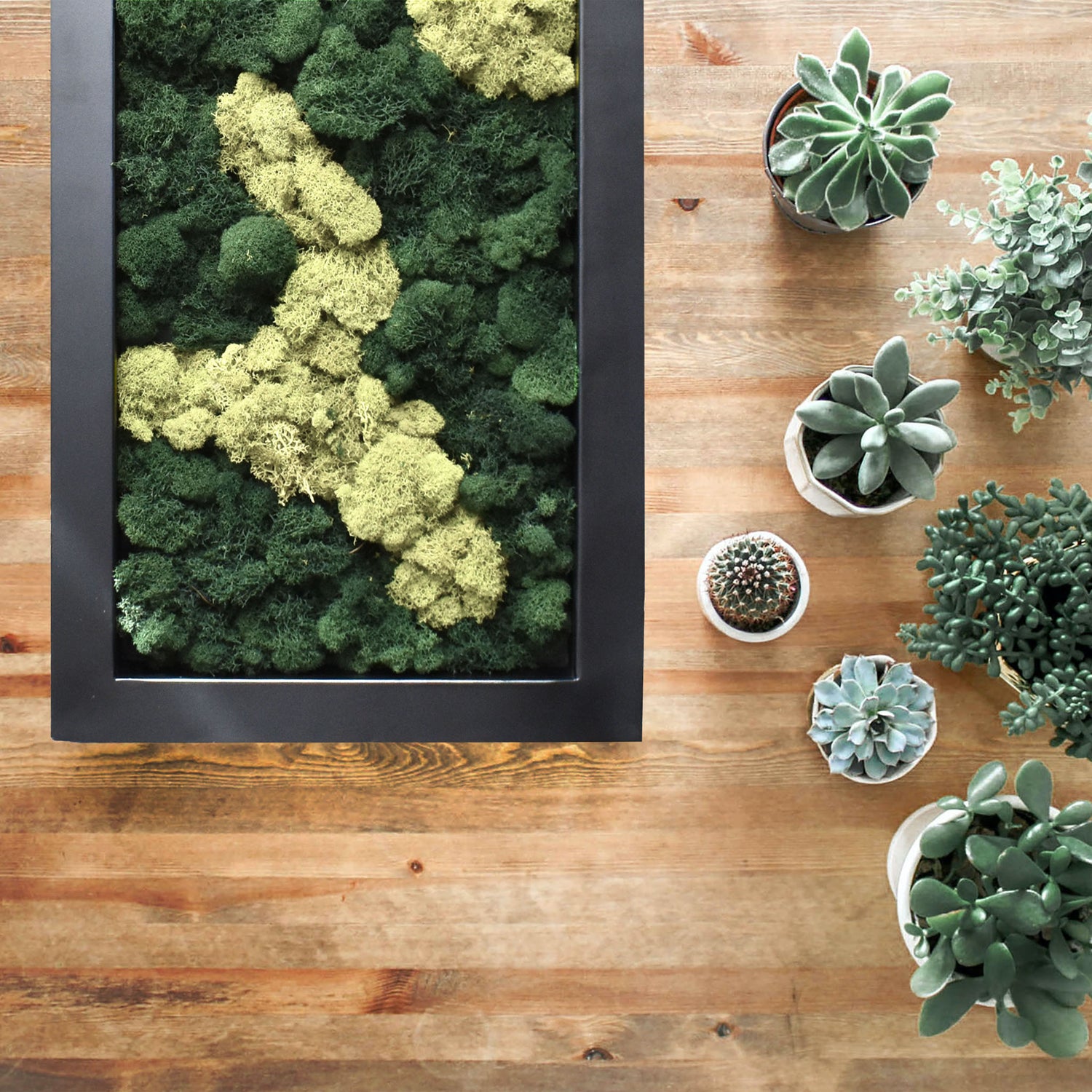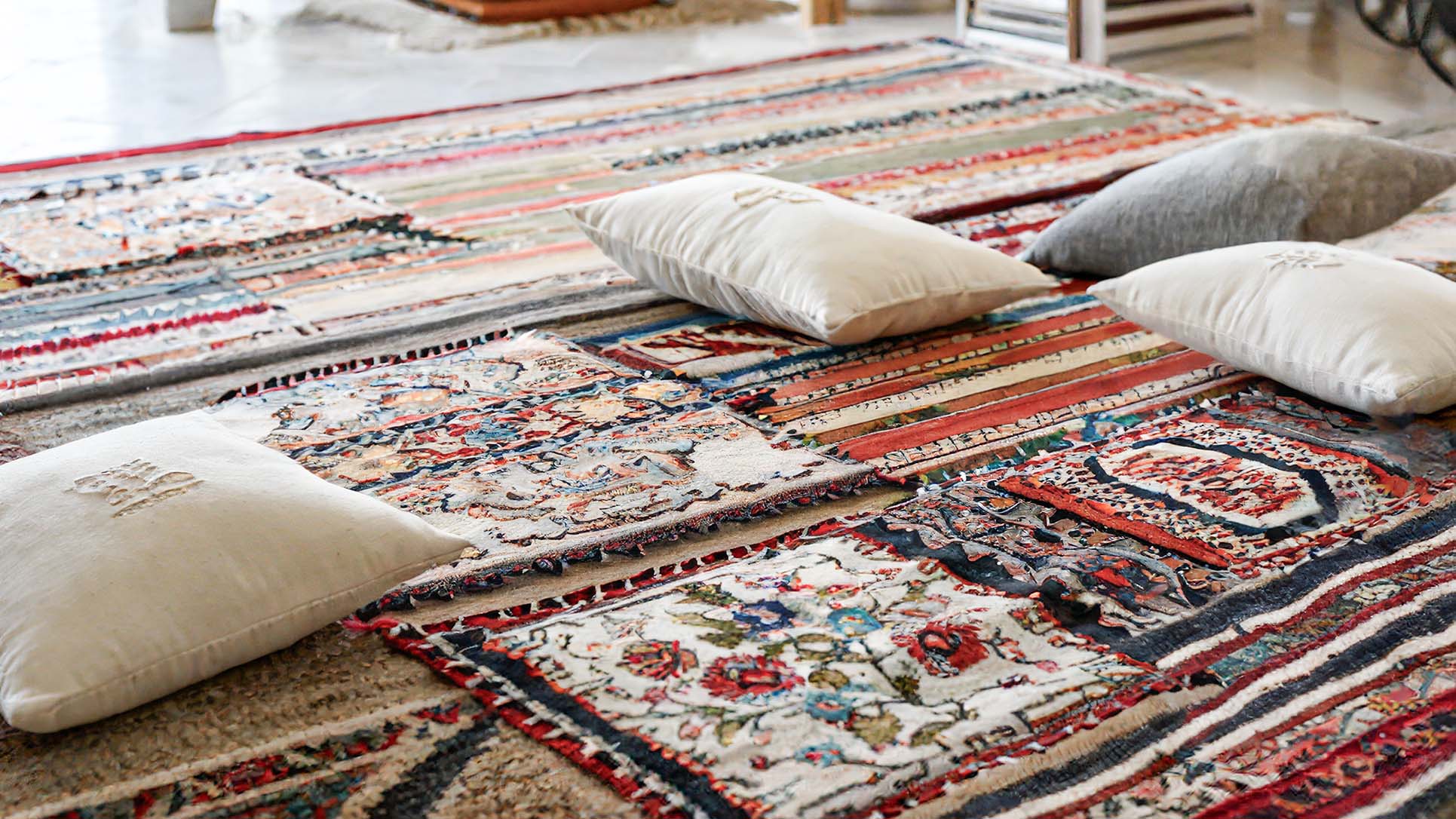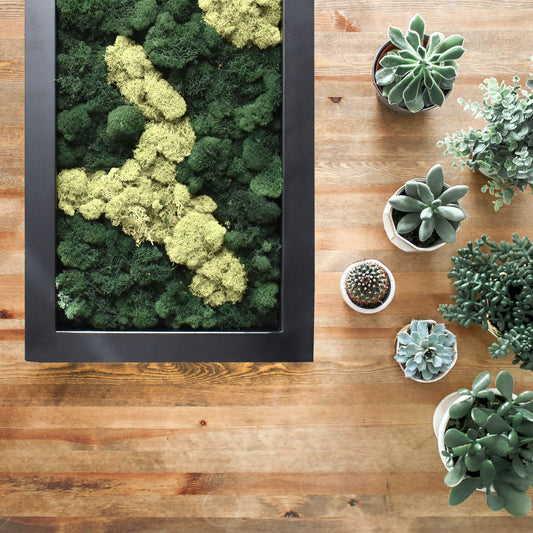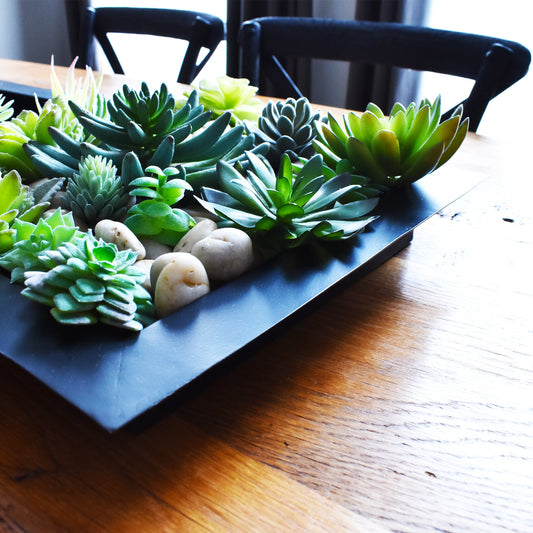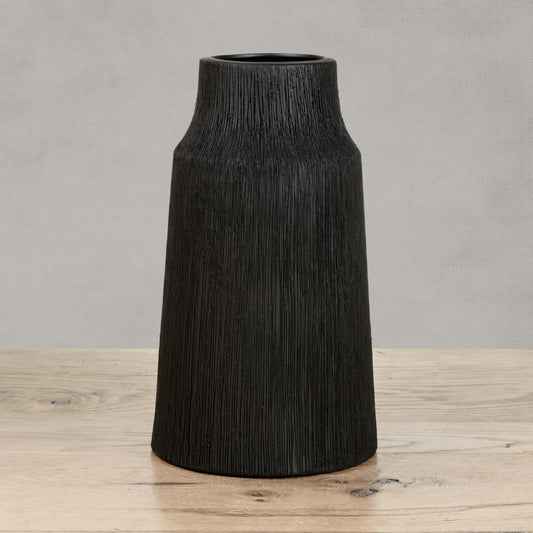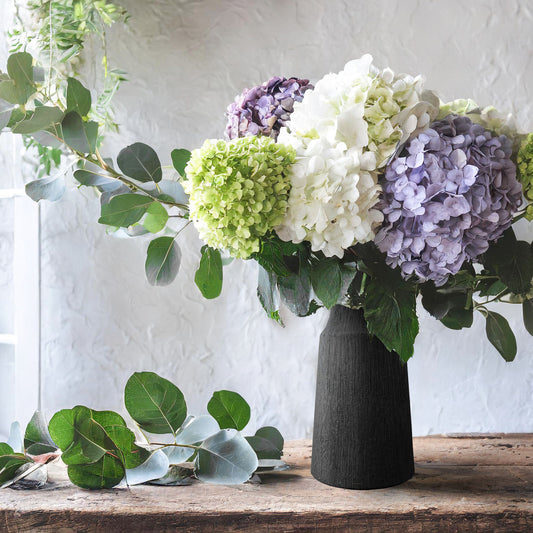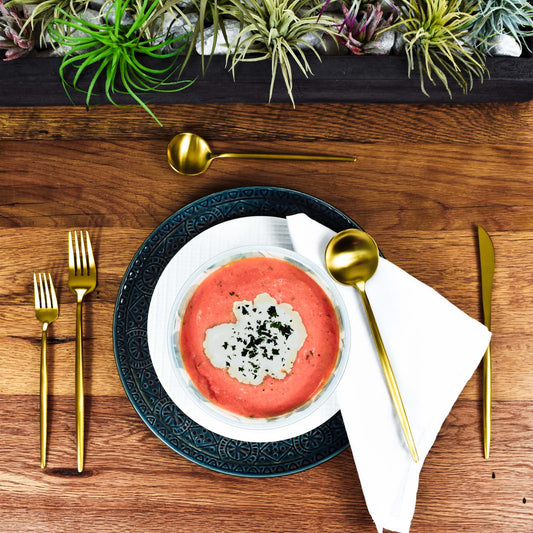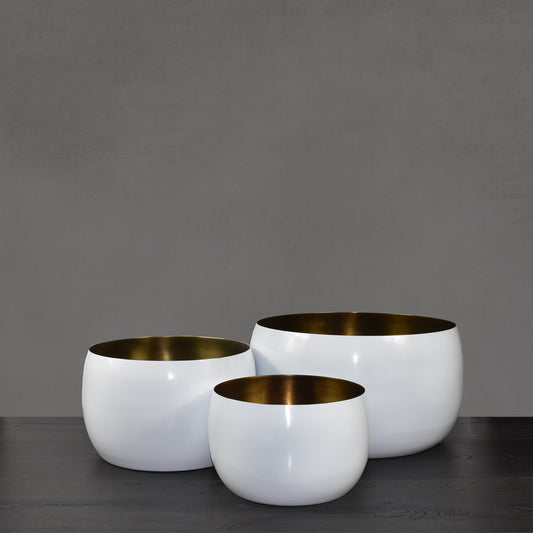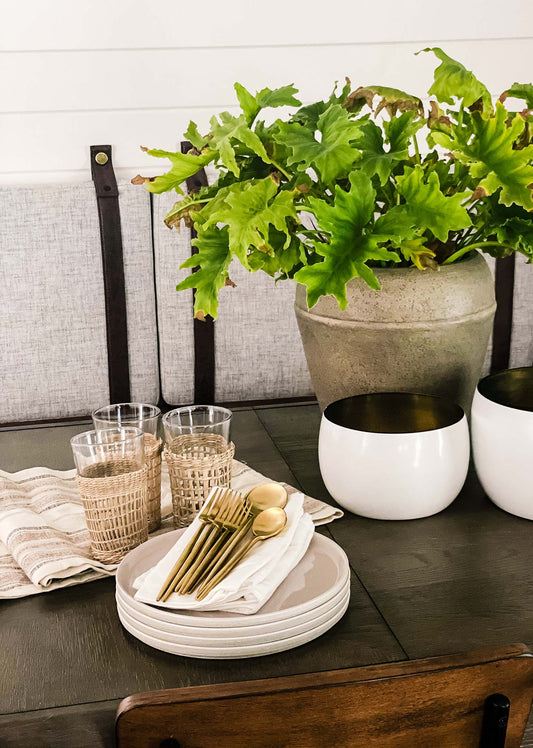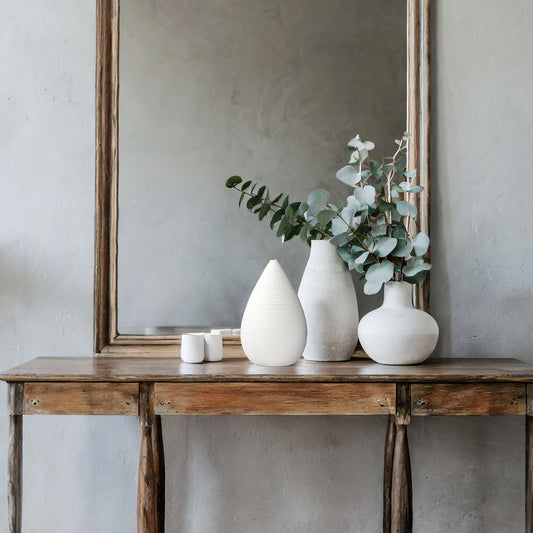in a world filled with mass-produced items, there exists a timeless art form that embodies the essence of turkish craftsmanship and cultural heritage. turkish kilim textiles, which include not only rugs but also pillow covers, serve as a vivid tapestry that weaves together history and culture. in this article, we will embark on a more extensive journey through the rich past and profound cultural significance of these exquisite creations.
what are turkish kilim textiles?
turkish kilim textiles are the embodiment of artistry and tradition. these handcrafted treasures include not only the renowned kilim rugs but also captivating kilim pillow covers. what sets them apart is their distinct characteristics and unique designs, making them highly sought after by connoisseurs and interior enthusiasts worldwide.
kilim rugs, known for their flat-woven technique, come in various sizes and are often used as floor coverings or wall hangings. their intricate patterns, inspired by local culture, vary from region to region. kilim pillow covers, on the other hand, offer a versatile way to incorporate these designs into your home decor, from accenting sofas to adding a touch of heritage to your living spaces.

the rich history of kilim craftsmanship
to truly appreciate turkish kilim products, one must delve into their historical origins. kilim weaving has deep roots, dating back centuries. these products tell stories of civilizations, trade routes, and artistic traditions. they have witnessed the rise and fall of empires and the passage of time, yet they continue to be relevant and cherished.
kilim rugs and pillow covers are not just random artifacts; they are the result of generations of skilled weavers passing down their knowledge and techniques. each piece is a testament to the history of turkish craftsmanship and the enduring appeal of traditional artistry.
how turkish kilim pieces are made
the process of creating turkish kilim pieces is a labor of love and tradition. it starts with the careful selection of the finest wool or cotton, depending on the region and the intended use of the kilim. once the materials are chosen, the weaver begins the intricate process of hand-weaving.
kilim weaving is a time-honored technique that involves interlocking warp and weft threads to create a flat, tapestry-like fabric. this technique allows for the creation of intricate patterns and designs, a hallmark of turkish kilim products.
the designs are often passed down through generations, with weavers following traditional patterns that have been refined over centuries. the colors used are derived from natural dyes, giving each kilim its unique and earthy color palette.
kilim weaving is not just a craft; it's a cultural practice that binds communities and preserves a rich tradition. the art of kilim weaving is often passed from one generation to the next, ensuring the continuity of this unique heritage.

the cultural significance
beyond their aesthetic appeal, kilim products play a pivotal role in turkish culture. they are not mere items of decoration; they hold cultural significance. kilim rugs and pillow covers are integral to traditional ceremonies, rituals, and daily life. they carry with them symbols and patterns that tell stories of turkish heritage and identity.
the designs on kilim products often reflect the values and beliefs of the community that creates them. for instance, geometric patterns might represent protection, while floral motifs symbolize growth and prosperity. understanding these symbols adds depth to your appreciation of kilim items and connects you to the cultural heritage they represent.
the regions of kilim production
the diversity of turkish kilim products mirrors the country's multifaceted culture. different regions in turkey are renowned for their kilim production, each offering its unique style and techniques. from the vibrant designs of the aegean region to the geometric patterns of anatolia, every kilim product is a reflection of the local culture and artisanal expertise.
for instance, the aegean region is known for its use of bright colors and intricate floral motifs, creating rugs and pillow covers that exude vibrancy and energy. in contrast, anatolia's kilims often feature more subdued tones and geometric patterns, resulting in a sense of timeless elegance.
why are kilim products so valued?
one might wonder why kilim products, whether rugs or pillow covers, are often considered prized possessions. the answer lies in their craftsmanship and the cultural weight they carry. the labor-intensive process of creating kilim items, combined with the rarity of authentic pieces, contributes to their value. these items are not just textiles; they are pieces of history.
kilim weavers invest countless hours in their craft, using traditional techniques that have been passed down through generations. the result is a product that showcases not only their skill but also the culture and history of the region. these are not items churned out by machines; they are artifacts infused with the spirit of the people who create them.
preserving kilim heritage
in a world of mass production, there's a need to preserve the traditions, culture, and craftsmanship behind these products. several initiatives and organizations are dedicated to protecting this cultural treasure and ensuring that future generations can continue to cherish it.
by supporting these initiatives and investing in authentic kilim products, you become a part of the effort to sustain a legacy that transcends generations. when you purchase a kilim rug or pillow cover, you're not just acquiring a beautiful item; you're contributing to the preservation of an art form and the livelihood of skilled artisans.

